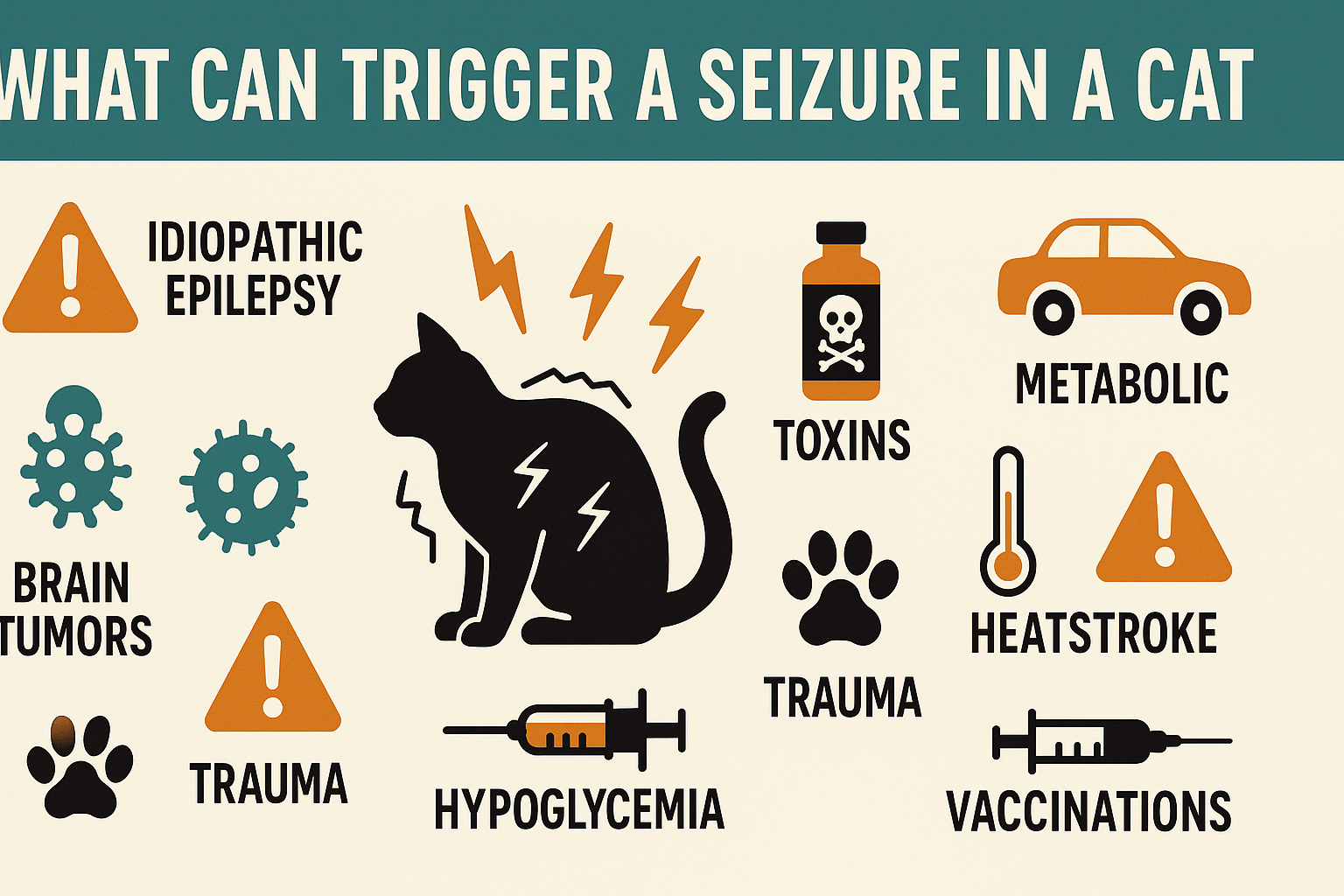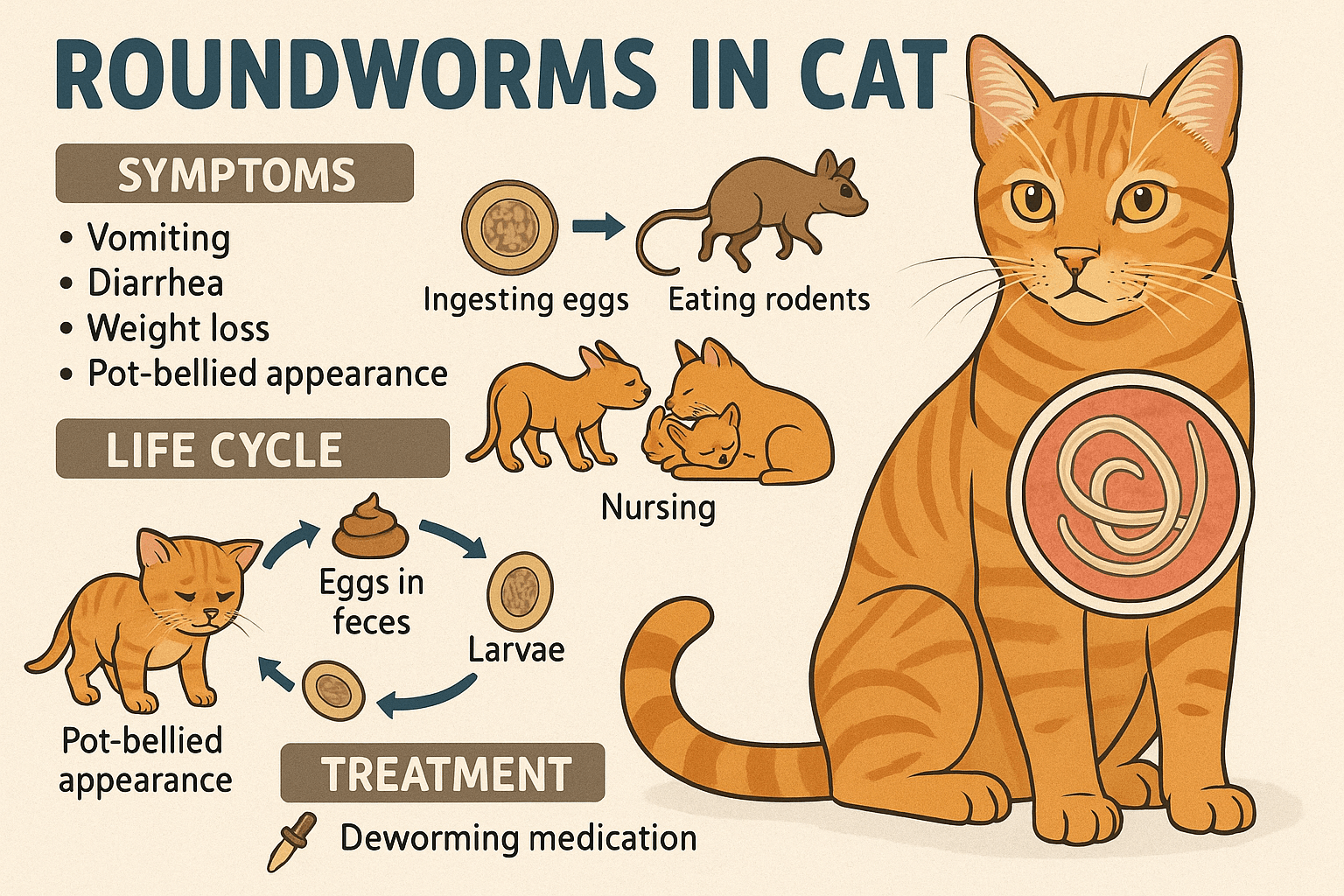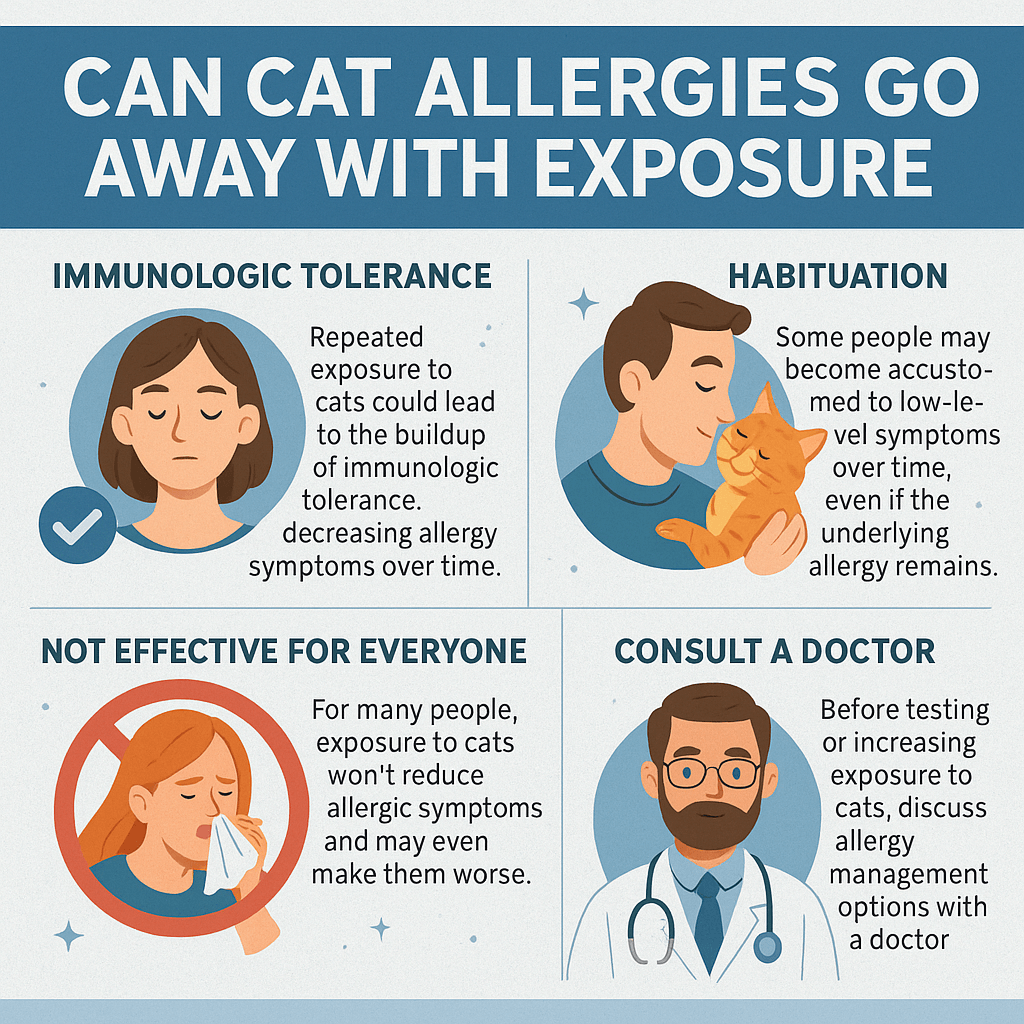Why Do Cats Blink at You? Decoding Feline Communication
Cats are fascinating creatures, known for their mysterious behaviors and unique ways of communicating. One such behavior that often leaves cat owners curious is the slow blink. If you’ve ever noticed your feline friend gazing at you and then slowly closing and opening their eyes, you might wonder what it means. Is it a sign of affection, trust, or something else entirely? In this blog post, we’ll explore the reasons behind this intriguing behavior and uncover the deeper meaning behind those gentle blinks. By the end, you’ll have a better understanding of how cats communicate with their humans and what you can do to strengthen your bond with your furry companion.
The Science Behind Cat Blinks: What Does It Mean?
Before diving into the emotional aspects of cat blinking, let’s take a closer look at the science behind this behavior. Cats use a variety of non-verbal cues to communicate, and blinking is one of them. Here’s what researchers and animal behaviorists have discovered about this phenomenon:
Slow blinking is often referred to as a “cat kiss.”
It signals that the cat feels safe and relaxed in its environment.
Cats use blinking to break eye contact without appearing confrontational.
This behavior is believed to be a way of expressing trust toward humans.
Studies suggest that cats may use blinking to mimic social bonding behaviors seen in other species.
Understanding these points can help you interpret your cat’s actions more accurately. The next time your cat gives you a slow blink, you’ll know it’s their way of saying, “I feel comfortable around you.”
How to Respond to Your Cat’s Blink: Strengthening Your Bond
Now that you know why cats blink at you, it’s time to learn how to respond in a way that strengthens your relationship. Interacting with your cat using their own communication style can deepen your connection and build trust. Here’s how you can engage in this unique form of feline dialogue:
Try mimicking your cat’s slow blink to show affection.
Maintain soft, gentle eye contact while blinking.
Avoid staring directly into your cat’s eyes, as this can be perceived as threatening.
Pair your slow blink with a calm tone of voice or gentle petting.
Be patient if your cat doesn’t respond immediately—it may take time for them to understand your intentions.
By incorporating these tips into your daily interactions, you’ll not only make your cat feel more secure but also create a stronger emotional bond. Remember, communication with cats is all about patience and mutual respect.
Check this guide 👉Why Does My Cat Bite My Fingers? Best 7 Expert Tips!
Check this guide 👉Why Does My Cat Trill and Run Away? Best 7 Expert Tips!
Check this guide 👉Why Does My Cat Eat Too Fast and Throw Up? Best 7 Tips!

Cat Behavior | What It Means |
|---|---|
Slow blinking | A sign of trust and affection |
Purring | Indicates contentment or a request for attention |
Tail flicking | Signals irritation or agitation |
Rubbing against you | Marking you as part of their territory |
Rolling onto their back | Shows comfort and submission |
Other Ways Cats Communicate: Beyond Blinking
While blinking is a key part of feline communication, cats express themselves in many other ways. Understanding these behaviors can give you a fuller picture of your cat’s emotional state and needs. Here’s a list of additional communication methods used by cats:
Vocalizations like meowing, chirping, or hissing convey different emotions.
Body posture, such as arching their back or crouching low, reflects their mood.
Ear positions, including flattened or forward-facing ears, indicate alertness or fear.
Tail movements, like swishing or puffing up, signal excitement or distress.
Grooming behaviors can reflect stress or relaxation depending on the context.
By paying attention to these subtle cues, you’ll become more attuned to your cat’s feelings and better equipped to meet their needs. Every cat is unique, so observing their individual patterns is key to fostering a harmonious relationship.
Common Misconceptions About Cat Blinks
Despite growing awareness of cat behavior, there are still some misconceptions about why cats blink at humans. Clearing up these myths can help you avoid misunderstandings and appreciate your cat’s actions even more. Below are some common misconceptions and the truth behind them:
Myth: Cats blink because they’re sleepy or bored.
Truth: While blinking can occur during relaxation, it’s often an intentional act of communication.
Myth: All cats blink at humans in the same way.
Truth: Each cat has its own personality, and not all will display blinking behavior frequently.
Myth: Blinking is a submissive gesture.
Truth: Blinking is actually a sign of trust and equality between cats and humans.
Myth: Ignoring a cat’s blink won’t affect your relationship.
Truth: Responding positively to blinking can enhance your bond significantly.
By debunking these myths, you can gain a clearer perspective on your cat’s blinking behavior and appreciate its true significance.
Understanding Cat Body Language: Beyond the Blink
Cats communicate not only through blinking but also through a wide range of body language cues. These signals can provide valuable insights into their emotional state and intentions. Here are some key aspects of cat body language to watch for:
A raised tail with a slight curve at the top often indicates happiness and confidence.
Flattened ears signal fear, anxiety, or potential aggression.
A puffed-up tail suggests that your cat feels threatened or startled.
Slow, deliberate movements may indicate caution or curiosity.
Rolling onto their side while exposing their belly is a sign of trust (but not always an invitation to pet it).
By observing these subtle signs, you can better understand your cat’s mood and respond appropriately. Remember, every movement and posture has meaning in the feline world.
The Role of Vocalizations in Cat Communication
While blinking is a silent form of communication, cats also rely heavily on vocalizations to express themselves. From soft purrs to loud meows, each sound carries a specific message. Below are some common cat vocalizations and their meanings:
Purring typically signifies contentment, though it can also indicate comfort during illness or stress.
Meowing is often used to get attention, request food, or initiate play.
Hissing is a clear warning sign that your cat feels threatened or scared.
Chirping or chattering is usually a sign of excitement, especially when watching birds or prey.
Growling or snarling indicates aggression or discomfort and should be taken seriously.
Understanding these sounds can help you respond effectively to your cat’s needs. Paying attention to their vocal cues will deepen your bond and ensure a harmonious relationship.
Environmental Factors That Influence Cat Behavior
A cat’s behavior, including blinking, is often influenced by its environment. Changes in surroundings or routine can significantly impact how they interact with you and others. Here are some environmental factors to consider:
A noisy or chaotic household may cause stress, leading to less frequent blinking or other signs of unease.
Providing hiding spots and vertical spaces can help your cat feel safer and more relaxed.
Regular playtime and mental stimulation encourage positive behaviors and strengthen your bond.
Sudden changes, such as moving furniture or introducing new pets, can temporarily alter your cat’s behavior.
Consistent routines, like feeding and play schedules, create a sense of security for your cat.
By optimizing your cat’s environment, you can foster a calm and trusting atmosphere. This, in turn, encourages behaviors like slow blinking that reflect your cat’s comfort and affection toward you.
Frequently Asked Questions About Cat Blinks
Why does my cat blink at me?
Your cat is likely expressing trust, affection, or comfort when they blink at you.
Should I blink back at my cat?
Yes, mimicking your cat’s slow blink can strengthen your bond and show affection.
Do all cats blink at their owners?
Not all cats exhibit this behavior, as it depends on their personality and level of comfort.
Can blinking help reduce stress in cats?
Yes, slow blinking can create a calming atmosphere and make your cat feel more secure.
Is blinking a sign of dominance?
No, blinking is a friendly gesture that indicates trust rather than dominance.
Building a Deeper Connection with Your Cat Through Understanding
Deciphering your cat’s blinking behavior is just one step toward building a meaningful connection with your feline companion. By learning to interpret their non-verbal cues and responding appropriately, you can create a harmonious and loving relationship. Remember, every blink, purr, or tail flick carries a message, and being attentive to these signals will enrich your life together. So the next time your cat gives you a slow blink, return the gesture—it’s one of the simplest yet most profound ways to say, “I care.”
What Can Trigger a Seizure in a Cat? Best 7 Expert Tips! Discover causes, signs, and expert advice to help prevent and manage seizures in cats effectively.
Cat Vaccine Side Effects: Best 7 Expert Tips! Learn about common and rare side effects of cat vaccines, how to manage them, and ensure your feline stays healthy after vaccination.
Roundworms in Cats: Best 7 Expert Tips! Discover expert advice on identifying, preventing, and treating roundworms in cats to keep your feline healthy and parasite-free.
Can Cat Allergies Go Away with Exposure? Best 7 Tips! Discover expert advice on managing cat allergies, reducing symptoms, and understanding how exposure may help or hinder your condition.





